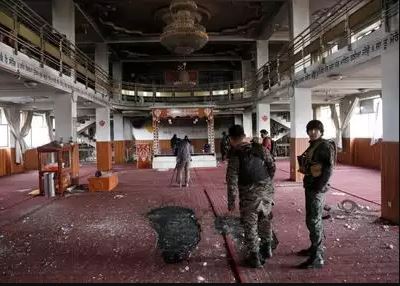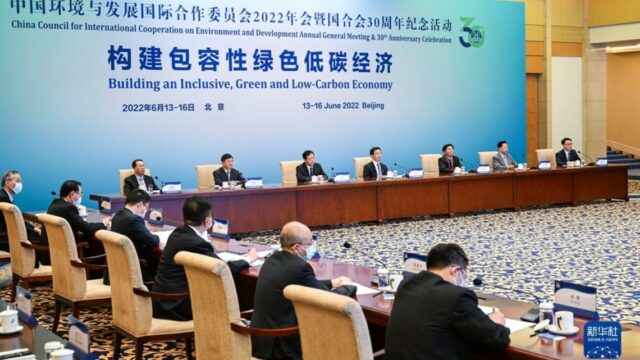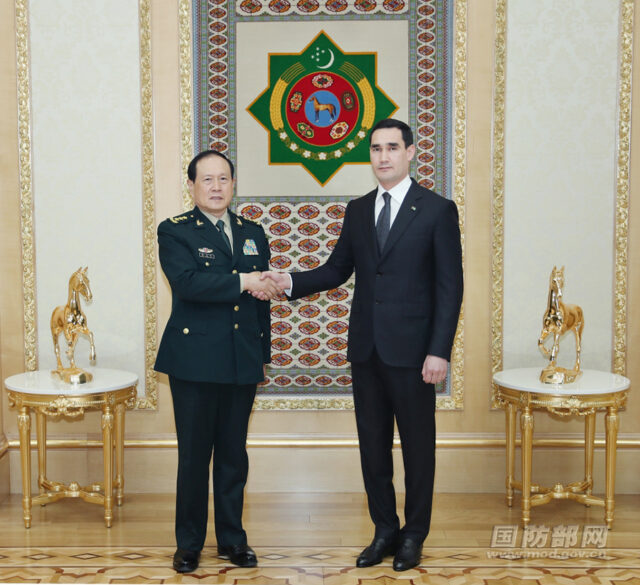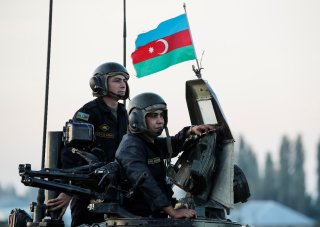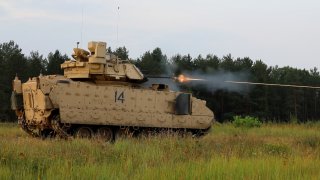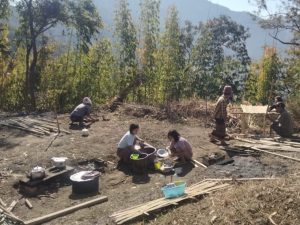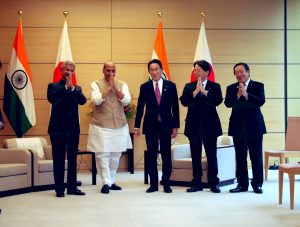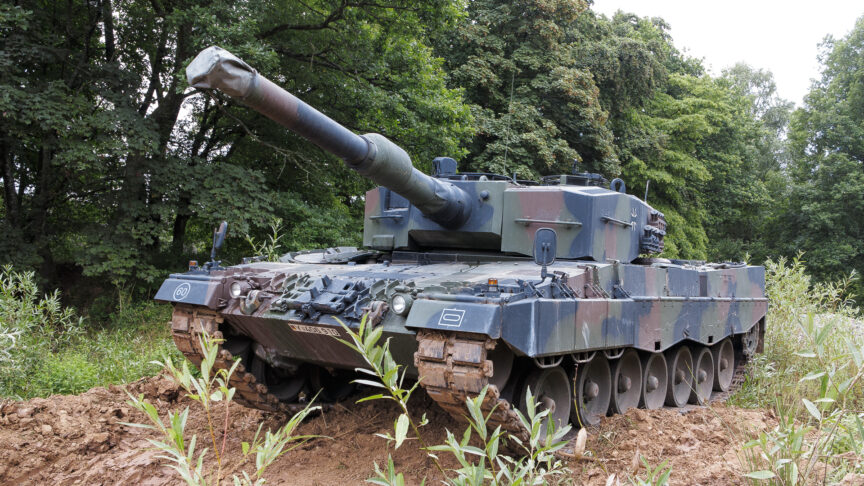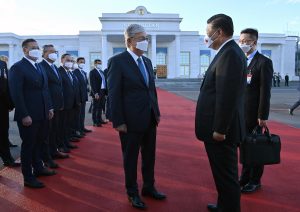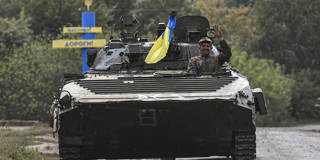
With tensions running high over the Taiwan Strait, and with Chinese President Xi Jinping poised to secure an unprecedented third term in office at the next Chinese Communist Party Congress later this fall, understanding how China sees itself and its role on the global stage has never been more important to managing Washington’s relationship with Beijing—and to avoiding a catastrophic military escalation. What is Xi’s vision for China, and what role does ideology play in his ambitions for the country? How has Russia’s invasion of Ukraine shaped Beijing’s thinking on Taiwan? And what does Washington get wrong about China’s intentions to remake the world order?
Kevin Rudd, the former prime minister of Australia, is unique among China watchers: he speaks fluent Mandarin and has personally interacted with Chinese leaders at the highest level. And for years, he’s been closely tracking the internal politics of the CCP and relations between the United States and China. In his latest book, The Avoidable War, Rudd argues that conflict between the two superpowers does not have to be inevitable.



